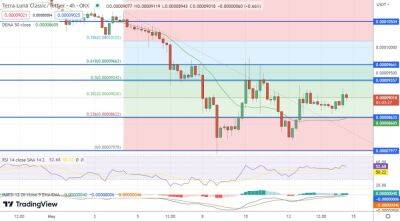Foreign trade and pensions: What’s next for Russia’s CBDC project?
The pilot for Russia’s central bank digital currency (CBDC) pilot should have been launched on April 1, but it was delayed at practically the last moment due to the slow pace of the necessary associated legislation passing through parliament.
However, with the launch of the pilot still possible in May and the general roll-out of the digital ruble scheduled for 2024, the Russian project remains one of the most important CBDC developments to watch — especially given its possible role in cross-border payments between BRICS countries (Brazil, Russia, India, China and South Africa) and the intent to include it in the massive state-controlled pension system.
The first time the Bank of Russia, the country’s central bank, announced its plans to explore the possibility of issuing a digital currency was in 2017. Back then, the bank’s first deputy governor, Olga Skorobogatova, said a CBDC would be a priority for the bank and that it would be looking into it in the near future.
However, at the time, Skorobogatova’s boss — Bank of Russia Governor Elvira Nabiullina — refused to acknowledge it as a “top priority,” instead calling it “a medium-term, or, perhaps, a long-term” prospect.
In 2022, the Bank of Russia revealed it planned to roll out the digital ruble across all banks in the country by 2024. The bank said the implementation would take place in stages and involve extensive testing and infrastructure development. It stated that the digital ruble would coexist with cash and non-cash payment systems, providing consumers more flexibility.
Perhaps the most significant factor in accelerating the CBDC’s development was the need for a reliable tool for foreign trade and settlement following Russia’s invasion of Ukraine and the subsequent
Read more on cointelegraph.com













